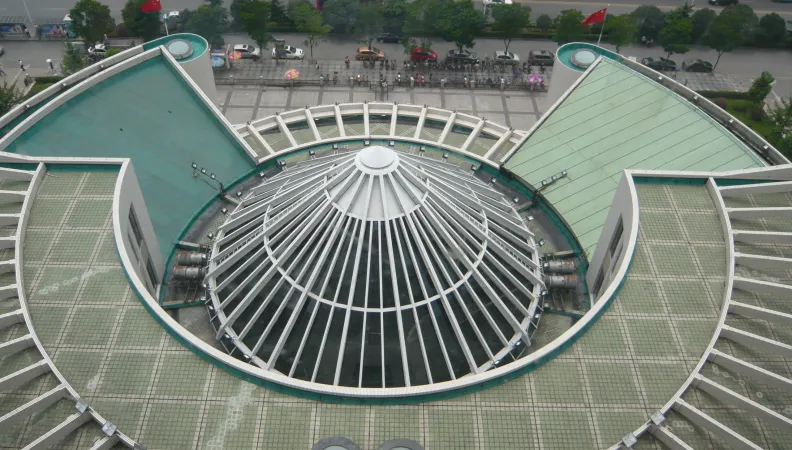Share the page
Supporting Wuhan’s transition to a low-carbon model with the energy refit of public buildings
Project


-
Project start date
-
Status
Completed
-
Project end date
-
-
Project duration
-
17 years
-
AFD financing amount
-
20 000 000 €
-
Country and region
-
Location
-
Wuhan
-
Type of financing
-
Beneficiaries
-
Wuhan Municipal Finance Bureau
In Wuhan, AFD is supporting a project aimed at reducing greenhouse gas emissions through better management of energy consumption in public buildings.
Context
Buildings in China represent significant potential for energy savings. In 2007, Wuhan, capital of Hubei Province, was designated as one of the two experimental areas for implementing the national reform aimed at developing an environmentally- friendly society. The city was also selected as a pilot area for a thermal rehabilitation project for buildings.
As early as 2006, AFD had initiated a partnership with Wuhan, based on a common desire to create innovative operations in the area of sustainable development. A research program was conducted by AFD, the Construction Commission of Hubei Province and the French Environment and Energy Management Agency (ADEME) from 2006 to 2009 in order to study the large-scale implementation of energy efficiency programs in buildings in the center of Wuhan. Following this program, a thermal rehabilitation project for municipal buildings was launched in Wuhan.
Description
The project enabled the thermal rehabilitation of 25 administrative and public buildings owned by Wuhan Municipality: office buildings, a municipal library, hospitals and schools. Renovations included the installation of double-glazing and solar protection on exposed facades, the installation of energy-efficient equipment to control ventilation and heating and cooling systems, and energy meters to optimize these systems.
The project included an innovative energy performance contract (EPC) mechanism with the companies that conducted the rehabilitation work in order to ensure the initial energy saving targets were achieved.
Impacts
-
Reduce the city’s carbon footprint: annual CO2 emissions have decreased by approximately 15,000 tons and annual energy savings are estimated at over 18 million kWh;
-
Completed in 2015, this pilot project was the first thermal rehabilitation program for public buildings in China to be funded by a loan from a foreign donor.


